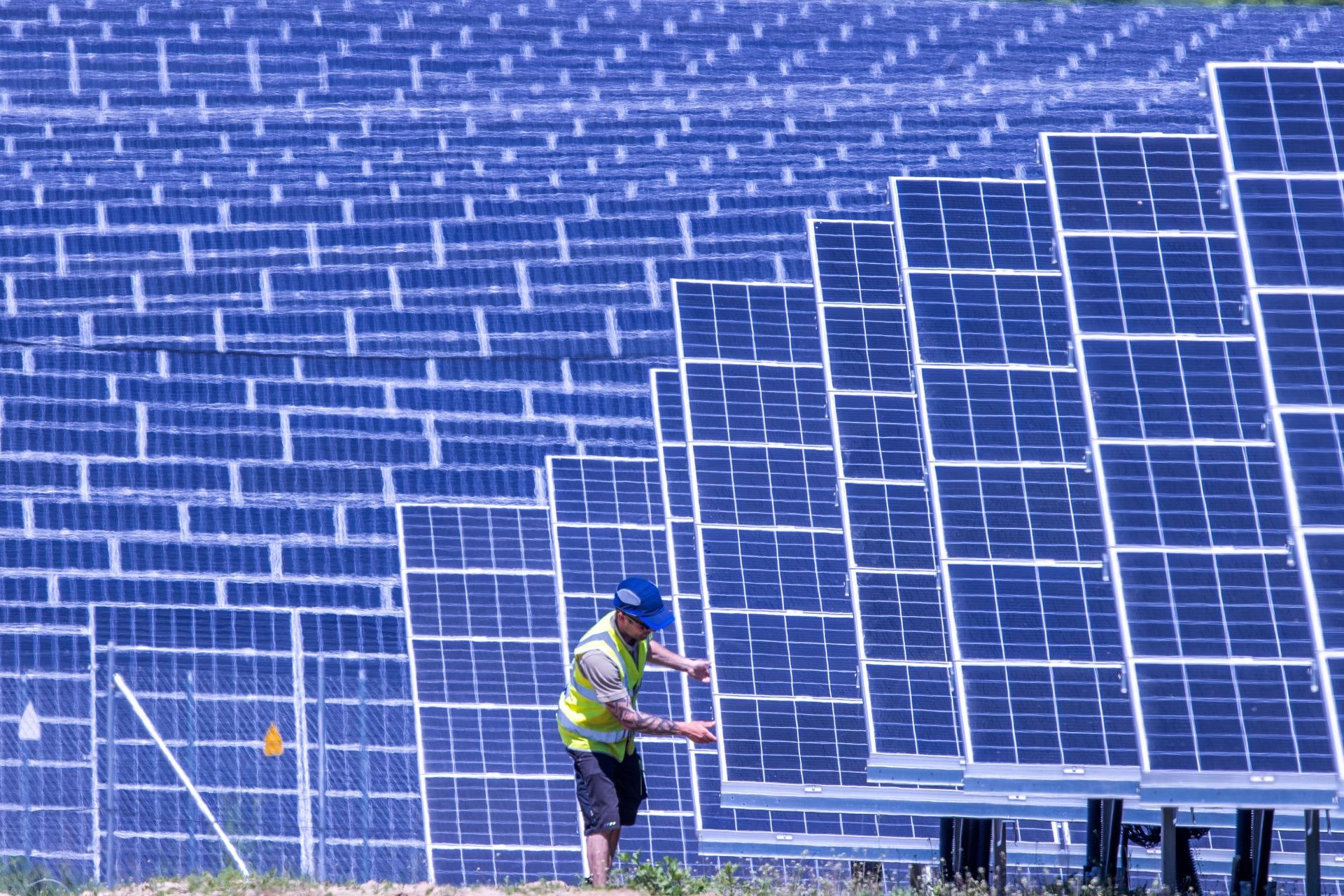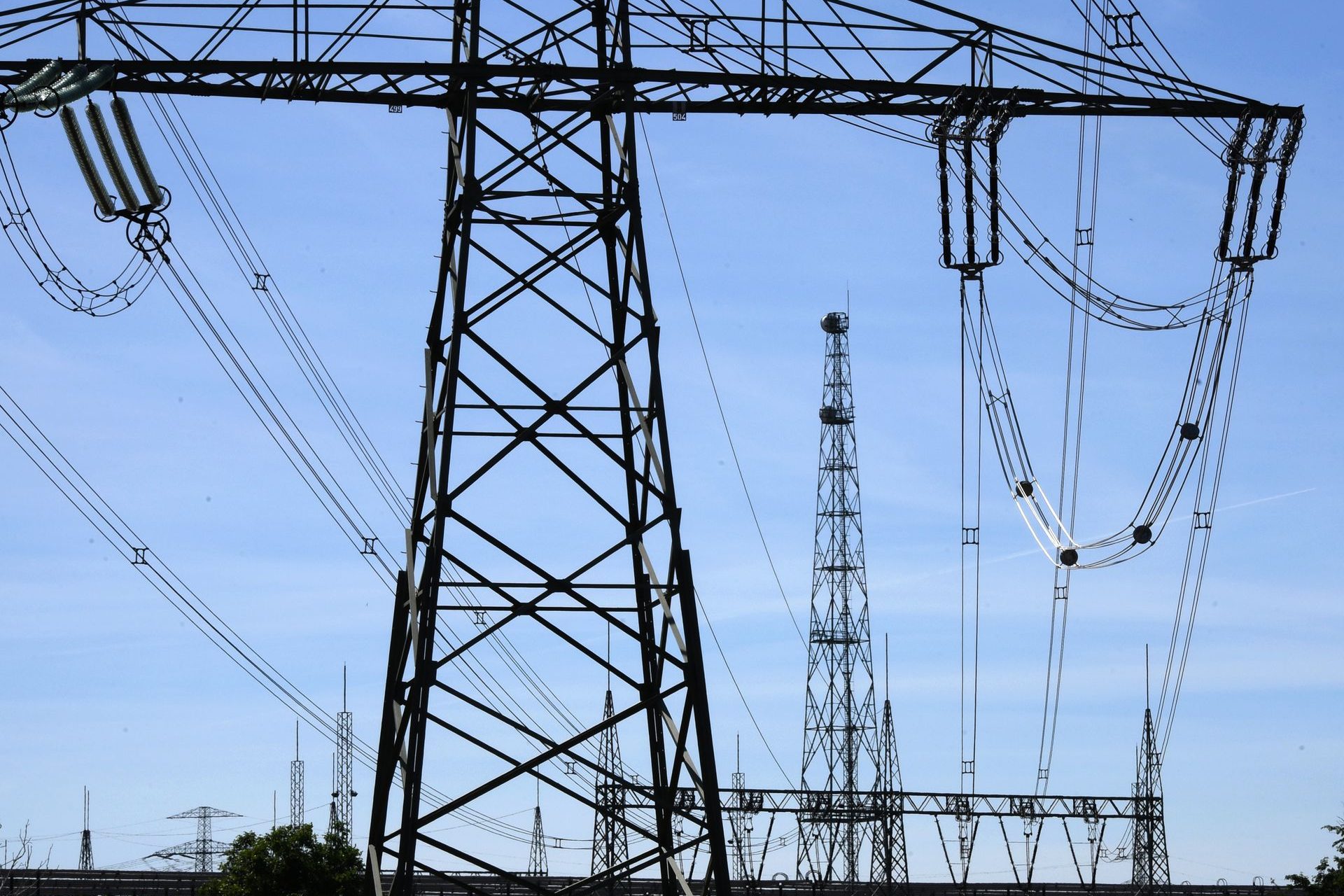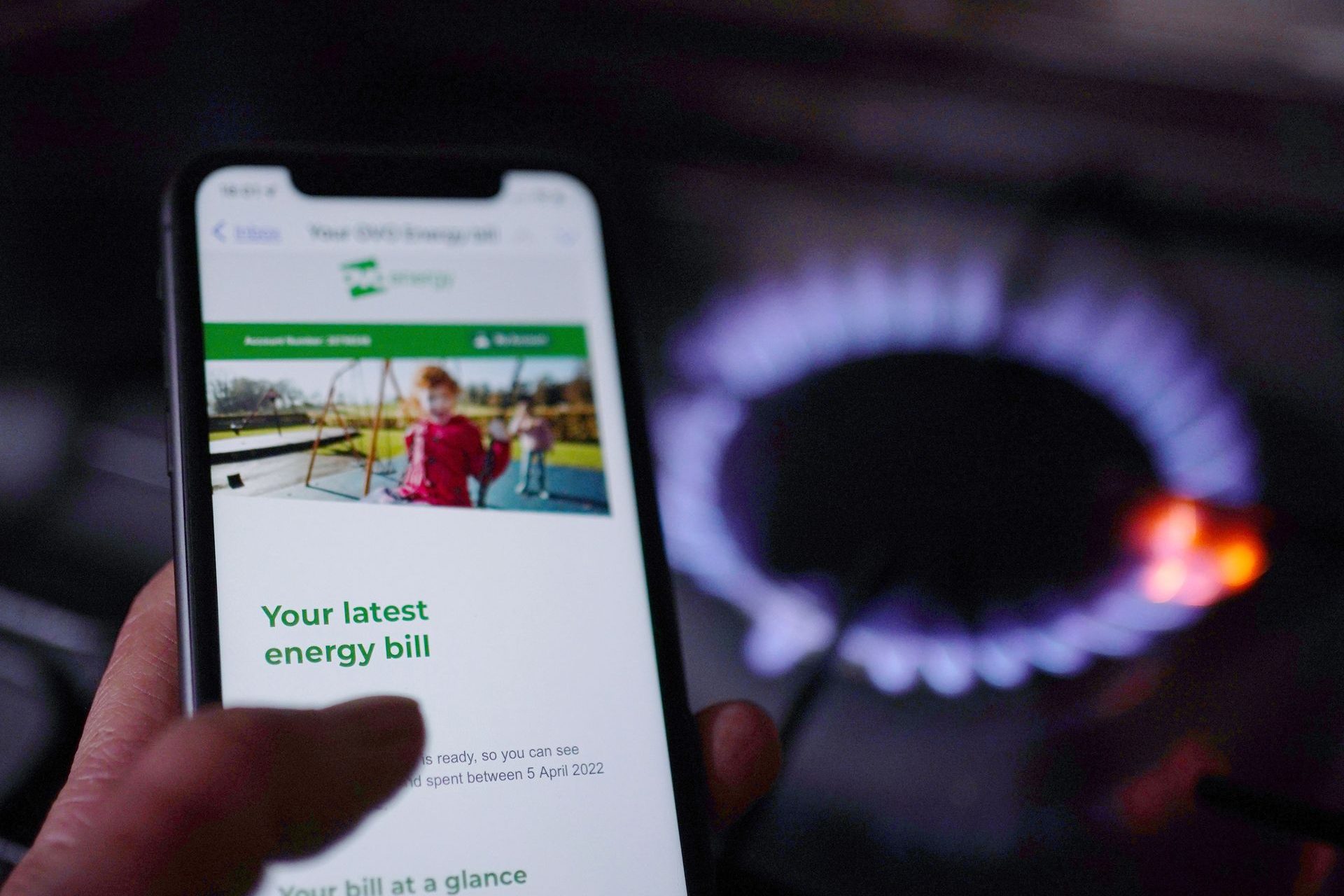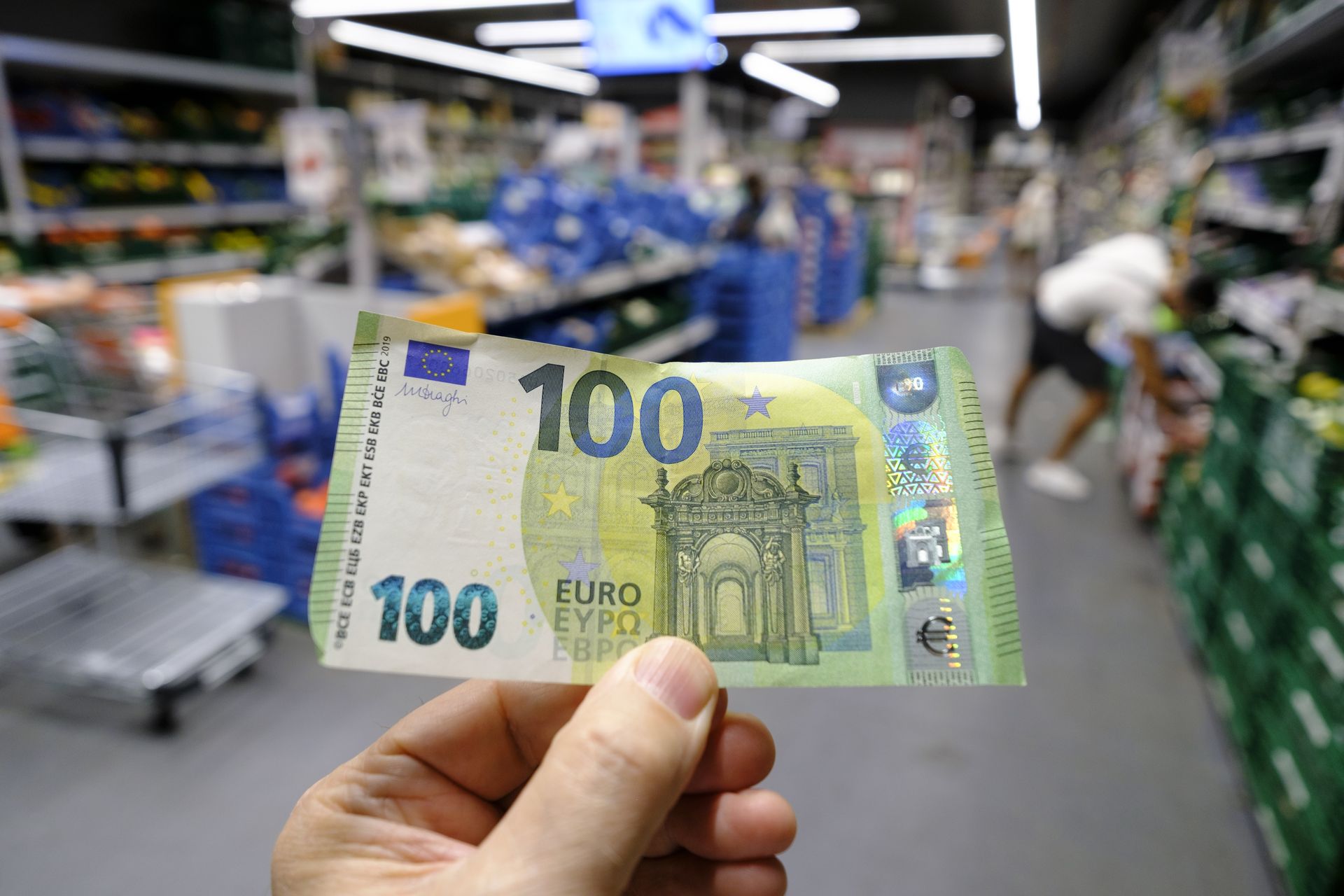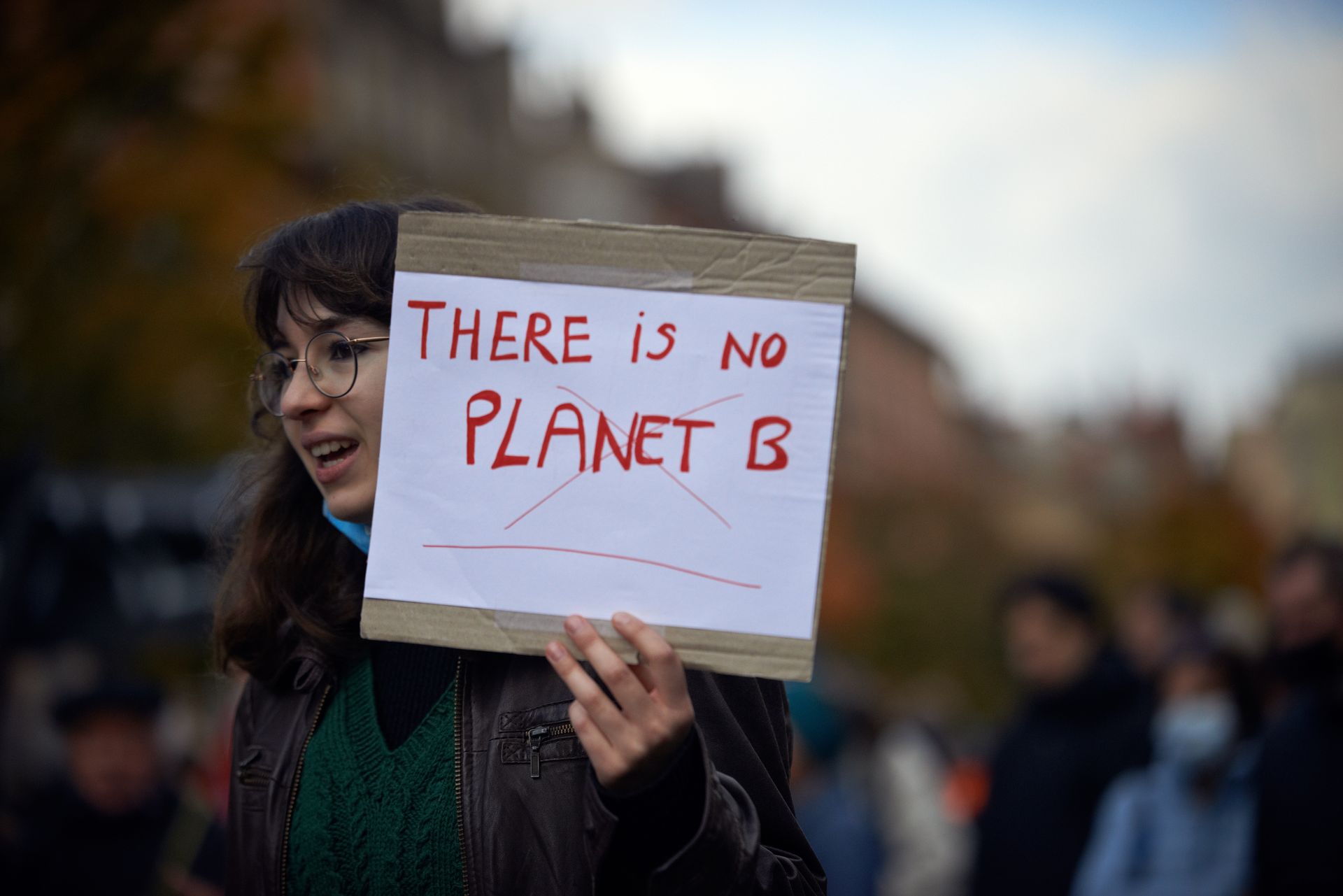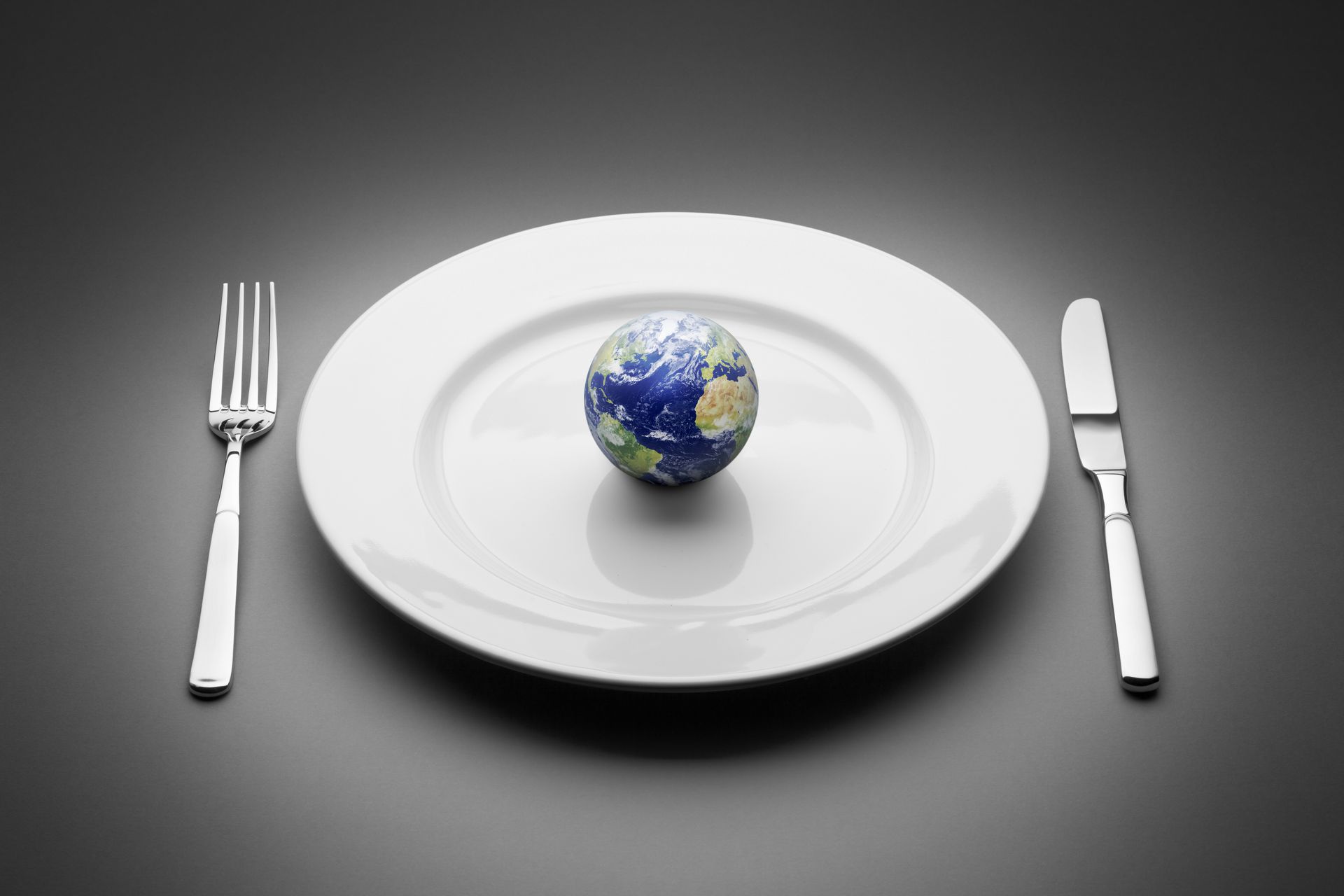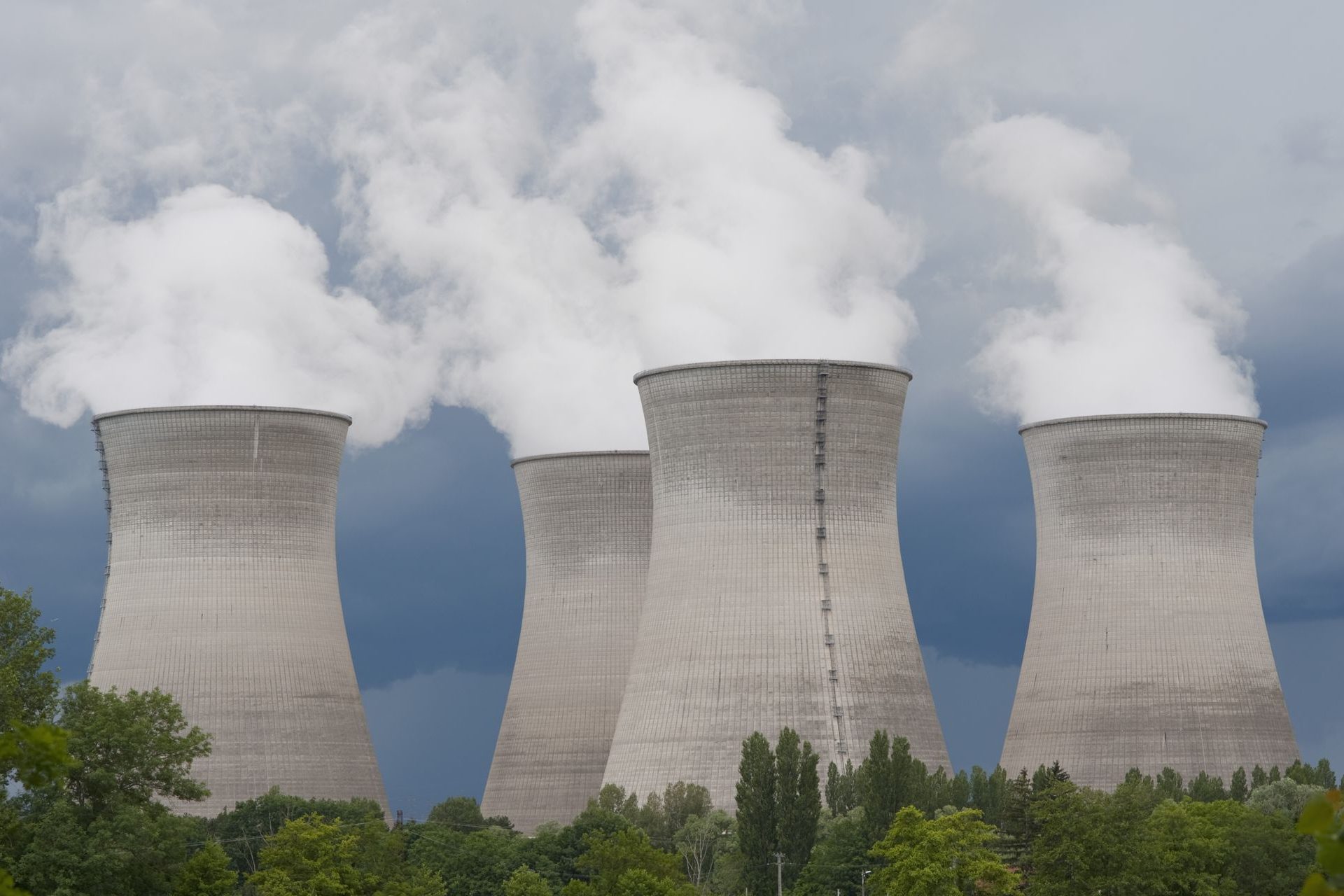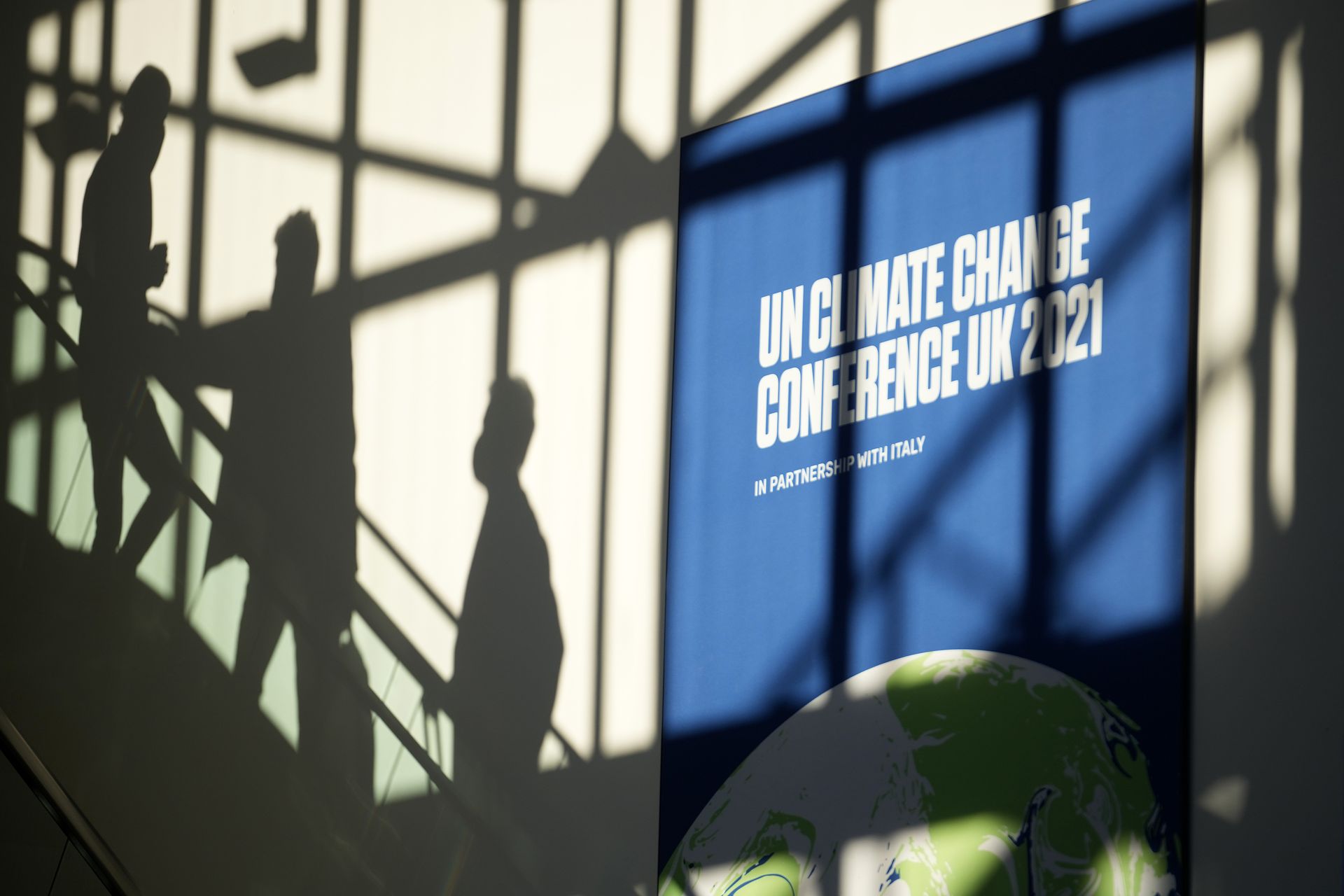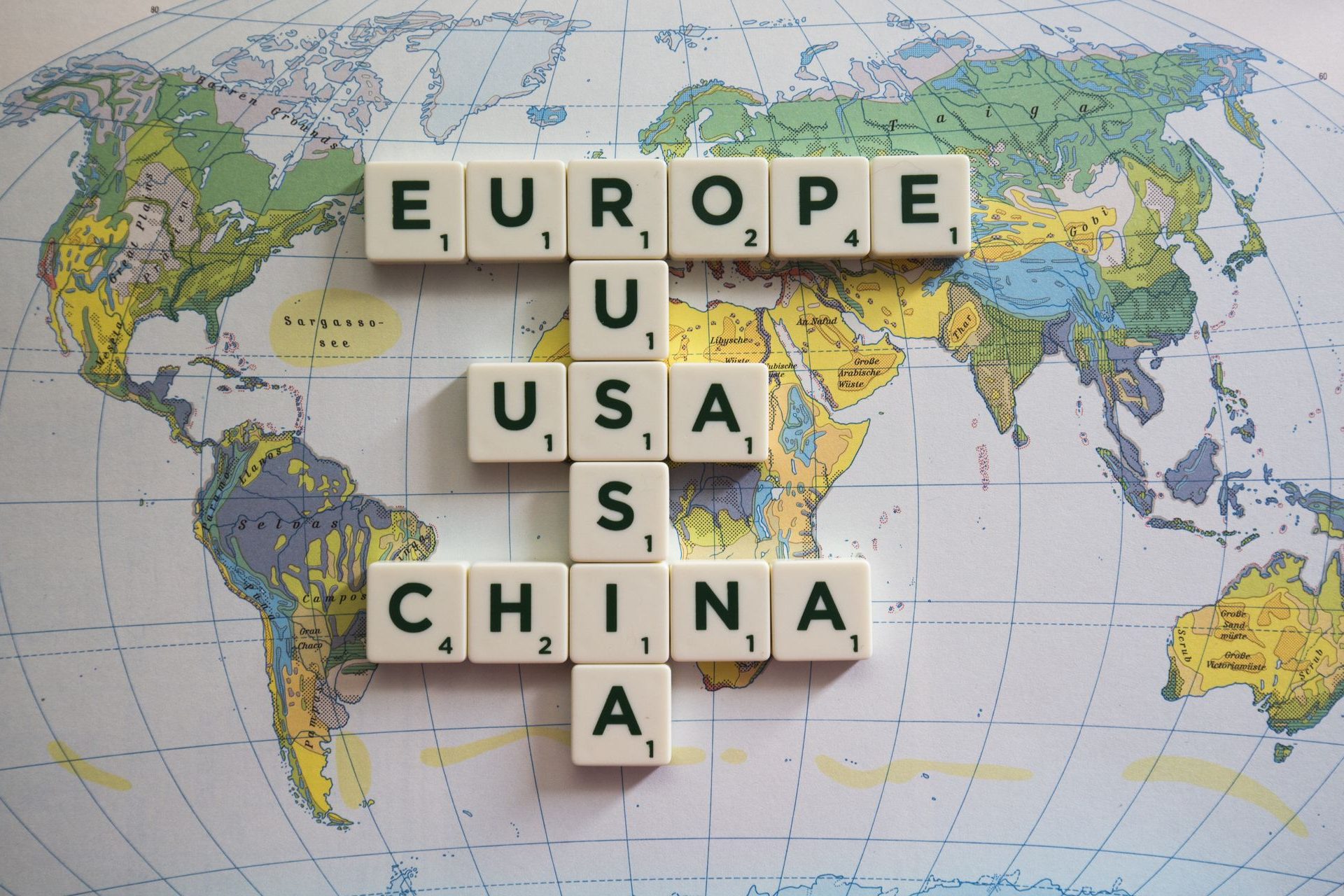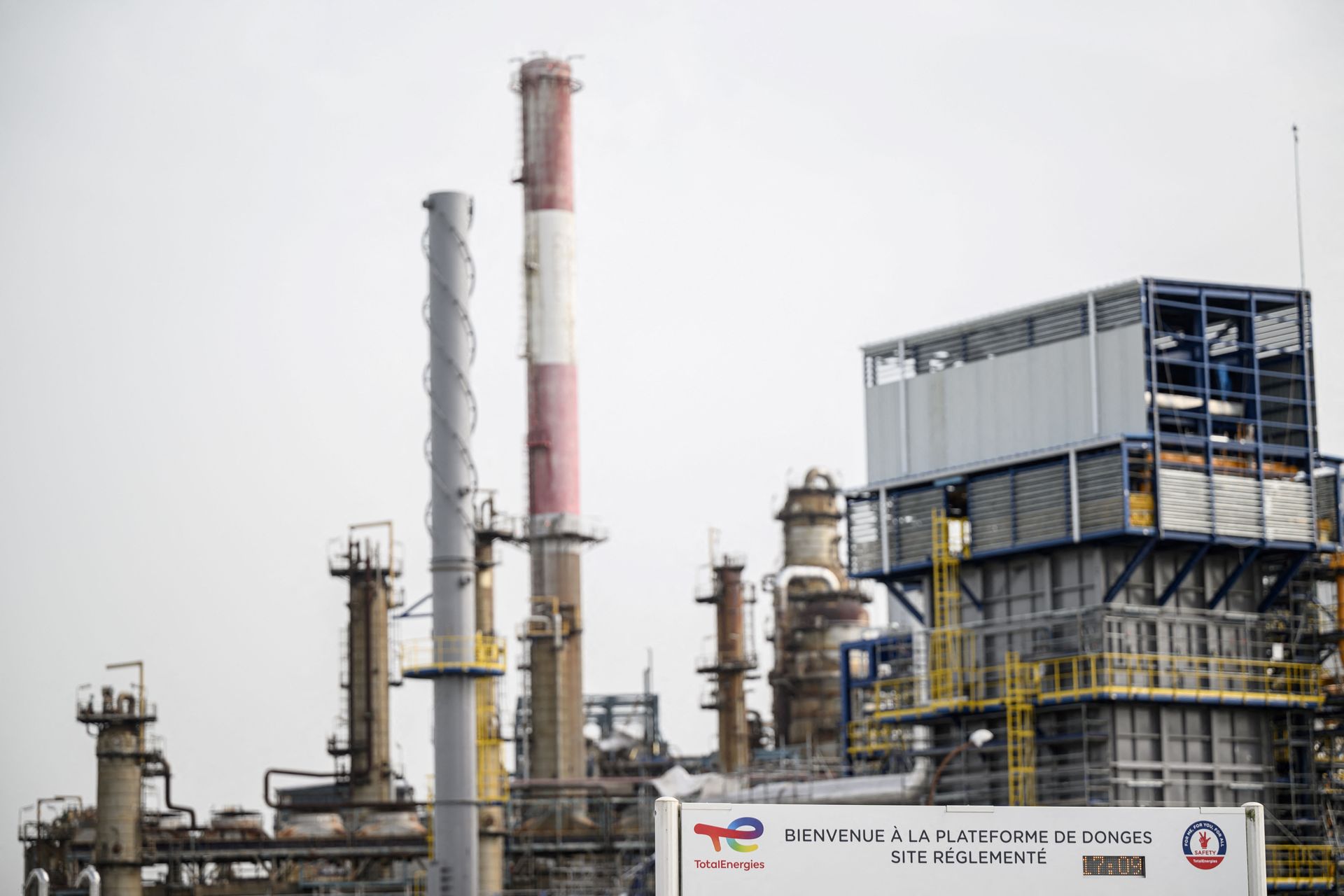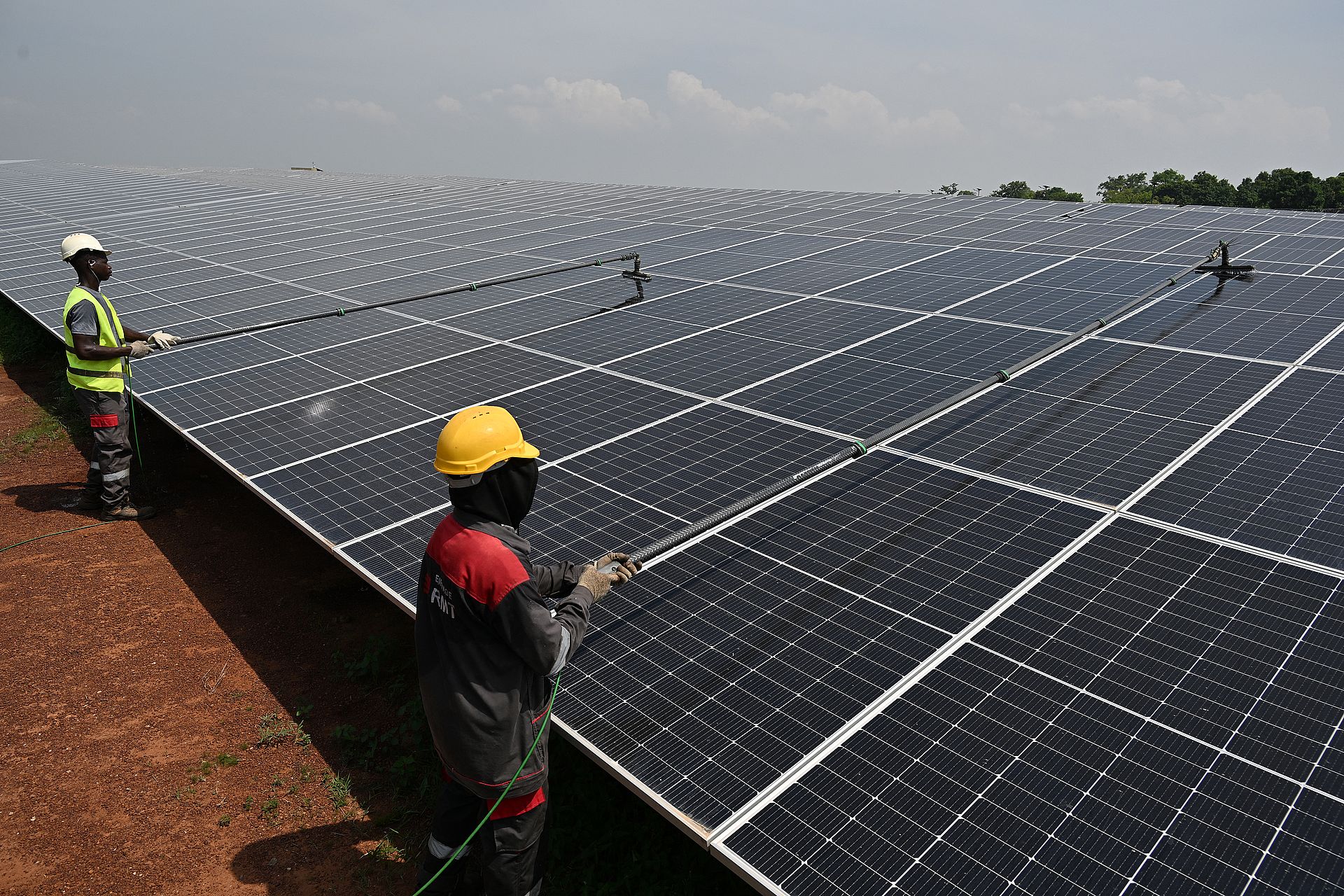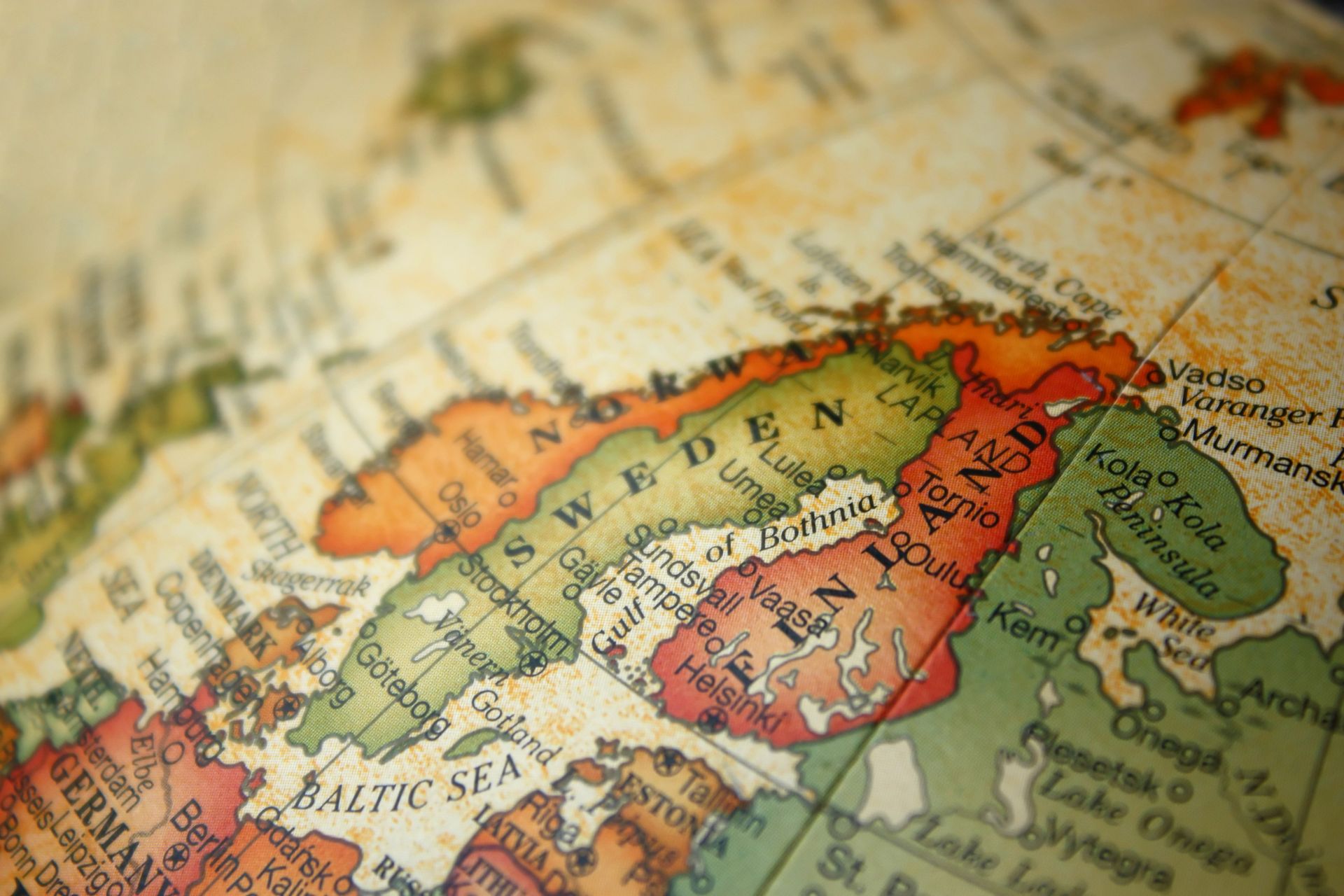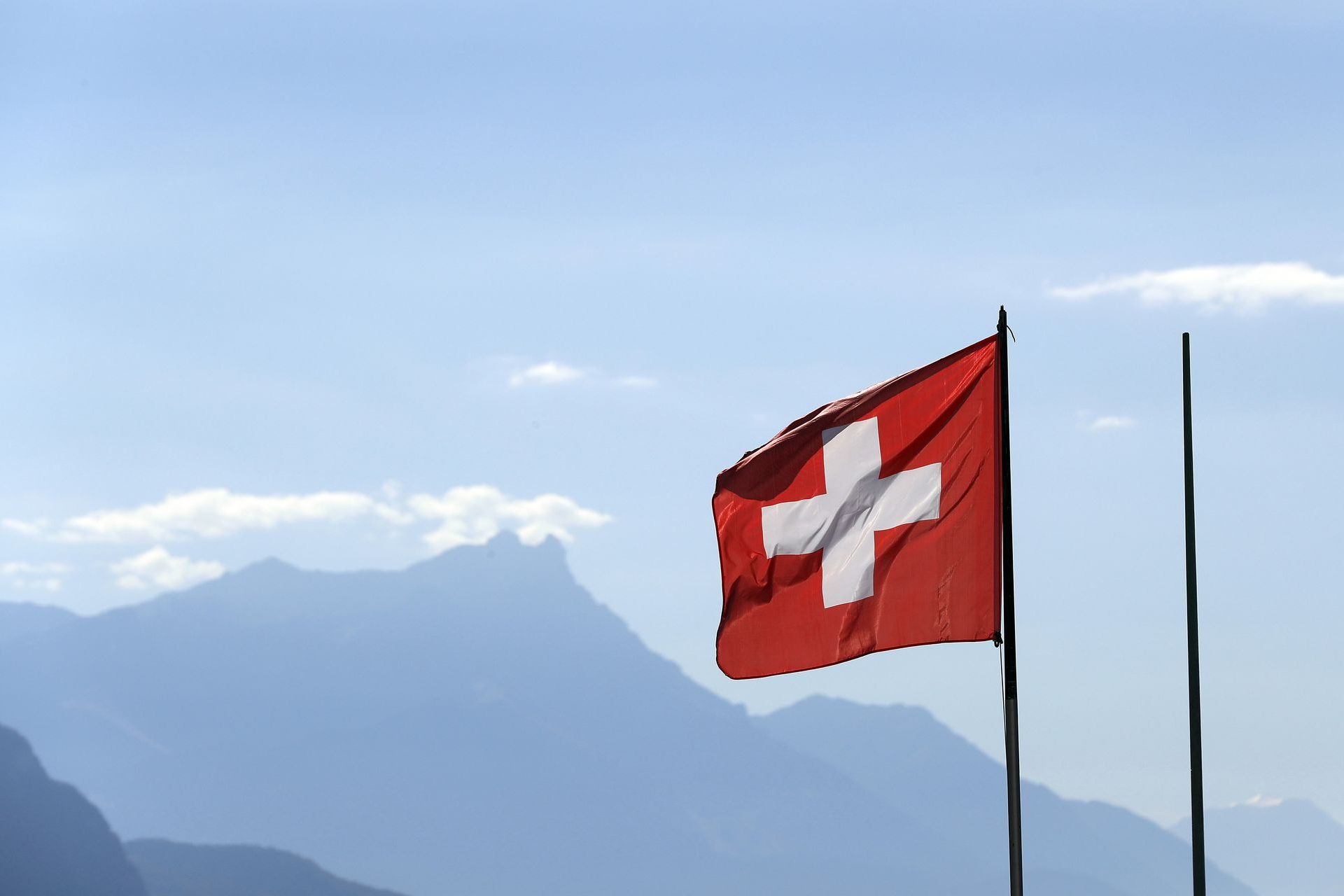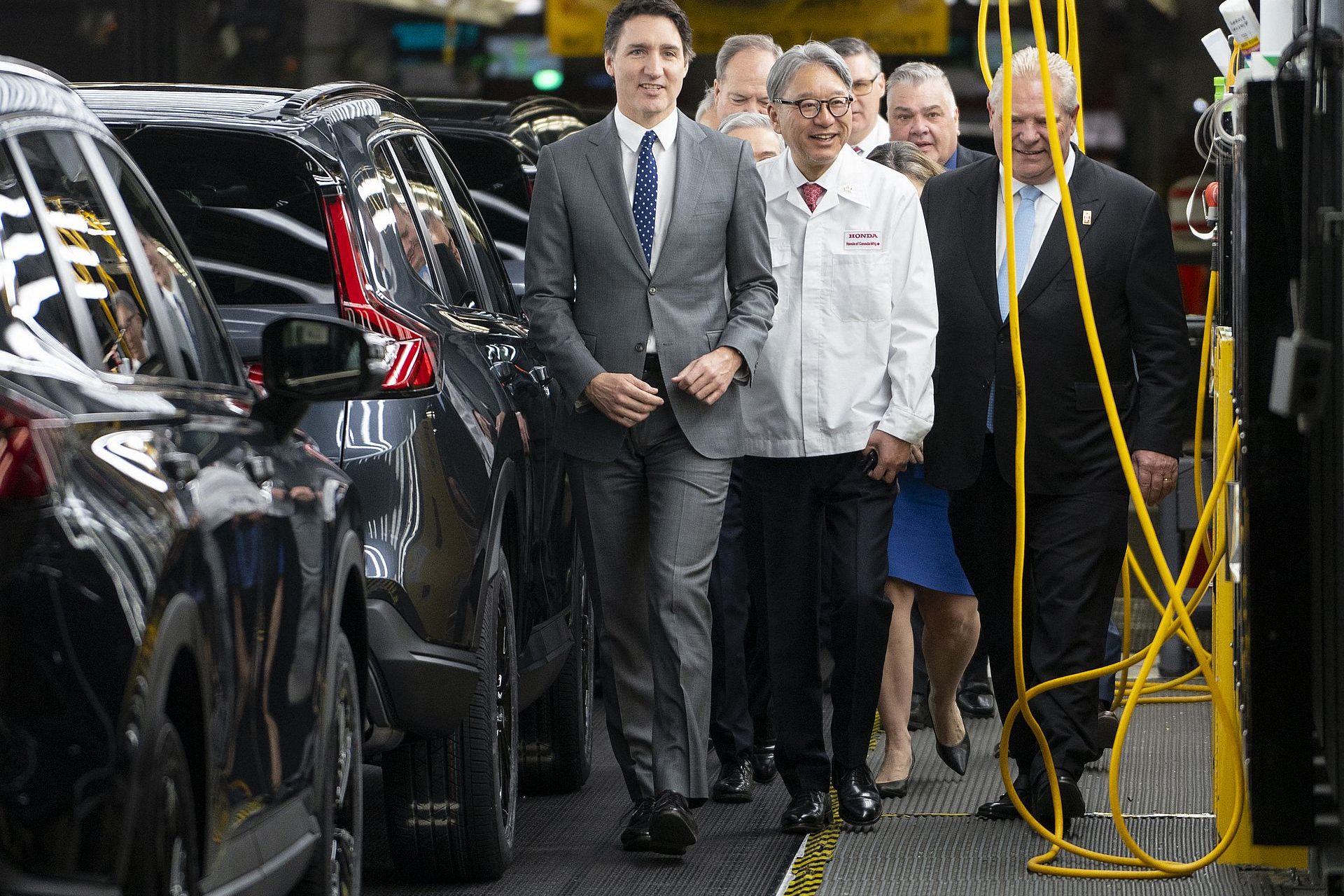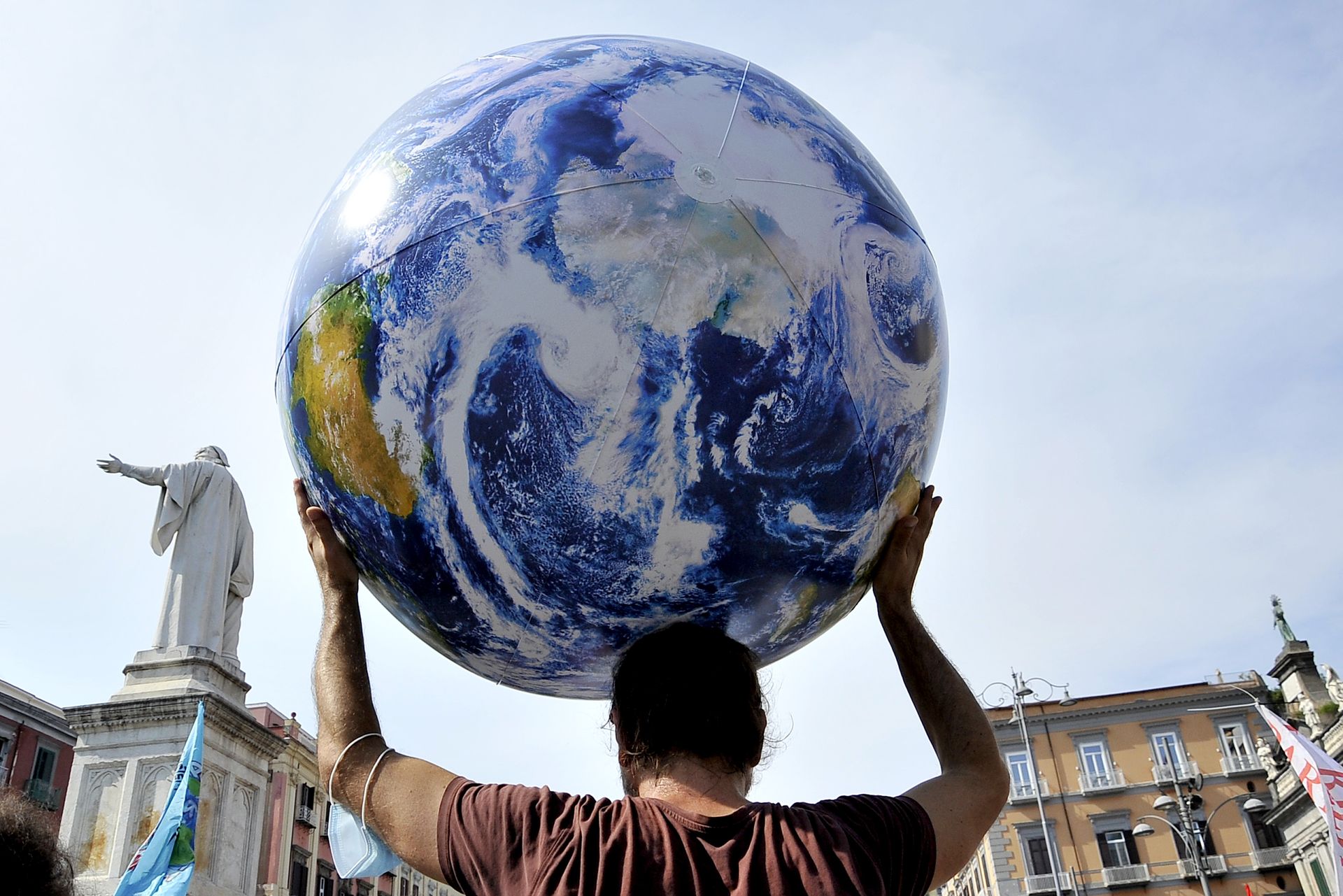What is the energy trilemma, and how does your country fair?
Energy issues are at the heart of the agenda of political and economic decision-makers, but also a key issue for consumers. This crucial aspect of our lives can be broken down into three major dimensions.
The World Energy Council publishes a report each year on what it calls the energy “trilemma”, namely the three dimensions that must be taken into account: security of supply, equity and sustainable nature for the environment.
First, energy security is a country's ability to reliably meet energy demand, while its supply may be disrupted by geopolitical tensions.
The Council has also recently integrated new issues related to security, such as the reliability of renewable energy, the availability and accessibility of essential minerals and resilience to physical and cyber threats.
Second aspect: equity, or the socially just character of energy policies, which measures the ability of a nation to give everyone abundant access to energy at an affordable price, for individuals and businesses.
The question of equity now also includes new demands for energy justice, such as the equitable distribution of clean energy and the impact of transitions on the most vulnerable populations.
Finally, the issue of environmental sustainability highlights the importance of reducing the carbon footprint of energy production and consumption, in order to preserve the planet for future generations.
The Council now has a more global approach to this dimension, including the issues of the circular economy and the interconnection of water, food and energy systems.
Why a “trilemma”, or dilemma between three objectives? Because the pursuit of one or two of them can be to the detriment of the others: the difficulty therefore consists in making progress simultaneously on the three issues.
In its 2024 edition, the World Energy Council focused on expert analyzes relating to the consequences of recent crises (pandemic, war in Ukraine, inflation) on the three objectives of energy policies.
From the collected data, the report provides analysis by world region and country ranking. Here are the essential points.
The document highlights that North America is tackling the three issues of the trilemma head-on (security, equity and sustainability) by investing massively in infrastructure and in the transition to clean energy, while benefiting from energy independence.
Faced with the exit of Russian hydrocarbons and the surge in energy prices, Europe is experiencing a major change. The challenge for it is to maintain its supplies at the lowest cost while making a transition to carbon-free energy sources.
Latin America faces complex challenges. Maintaining their populations' access to energy through high subsidies, these countries continue to face major disparities, the cost of decarbonization and the need to preserve their natural ecosystems.
In Asia, robust economic growth is driving rapidly rising energy demand, as climate and infrastructure resilience challenges mount. A key issue: moving away from dependence on highly polluting coal by adopting clean energy sources.
Traditionally rich thanks to hydrocarbons, the Middle East is changing to make the energy transition the key to its economic diversification, in the face of climate risks and the medium-term exit from oil and gas.
Despite limited investment capacities, Africa is managing to face a critical moment, characterized by increased demand and climate risks, and by the need for a rapid energy transition. The continent must find a balance between production, equity and sustainability, while taking into account geopolitical risks.
At the state level, Denmark and Sweden share first place in the energy trilemma ranking, followed by Finland.
The top 10 of this 2024 edition includes other European countries, such as Switzerland ( 3rd ), Austria ( 5th ), France ( 6th ), Germany ( 7th ), as well as the United Kingdom and Norway (tied 8th ).
The only non-European state among the top ten, Canada reaches fourth position in the World Energy Council's 2024 rankings.
Note that seven of the top ten countries also appear in the top 10 of the UN Sustainable Development Goals and in the World Economic Forum's energy transition index: Denmark, Sweden, Finland, Austria , France, Estonia and Norway.
More for you
Top Stories



